All about elm
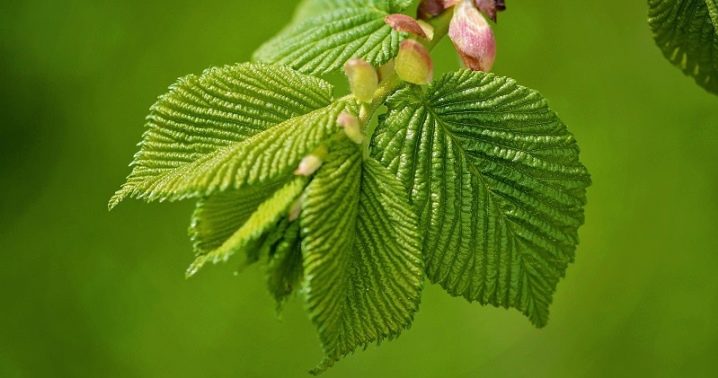
Elm is a powerful tree with a beautiful, powerful crown. Its other names are elm, elm and birch bark. The tree belongs to long-livers and is found in many regions of Europe, Asia and America.
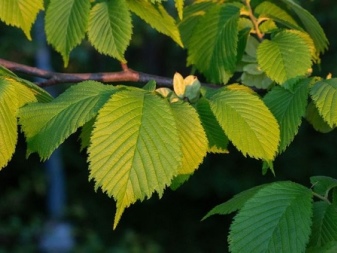
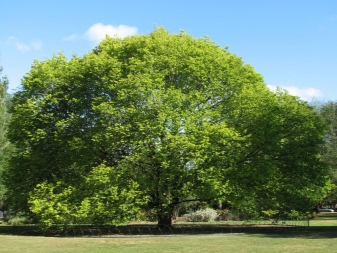
What it is?
The elm is a well-known representative of the elm family. The tree got its name because of the peculiarities of its use. Previously, various items were knitted from the bast extracted from under its bark. Outwardly, the tree looks very attractive. Its height reaches 15-25 meters on average. Moreover, the young elm grows quite quickly. After 20-25 years, the growth of the tree slows down, and after a few more decades it stops altogether. Its trunk is large, covered with smooth bark, the root system is powerful. With age, the bark of the tree wrinkles and begins to flake off.
Continuing the description of the genus, it is worth noting the peculiarities of the crown of this tree. It is powerful and sprawling. The crown is covered with oval leaves with jagged edges. Foliage can be both small and large. It is attached to the branches with short cuttings. In autumn, the dark green foliage changes color to red and then quickly falls off. The toothed oval foliage of the elm is difficult to confuse with the leaves of ash or other trees. In the spring, even before the foliage appears, the elm blooms. Flowering does not last long. Later, seeds appear on the branches. In May, lionfish ripen, and it is with them that the plant reproduces.
The tree lives for about 200-400 years. However, there are also older elms in the world.

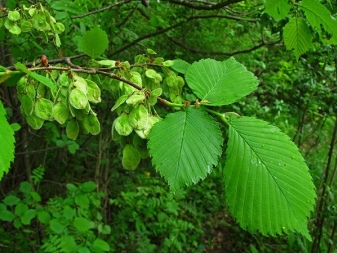
Spreading
Elm is a fairly unpretentious tree. It easily adapts to almost any climatic conditions. Elm tolerates frost well, therefore it is found in the northern regions of America, Russia and Europe. In nature, trees can be seen on the banks of rivers and lakes, as well as near ravines.
In Russia, elm is most common in the Urals and Siberia. It is used to decorate gardens, parks and private areas.
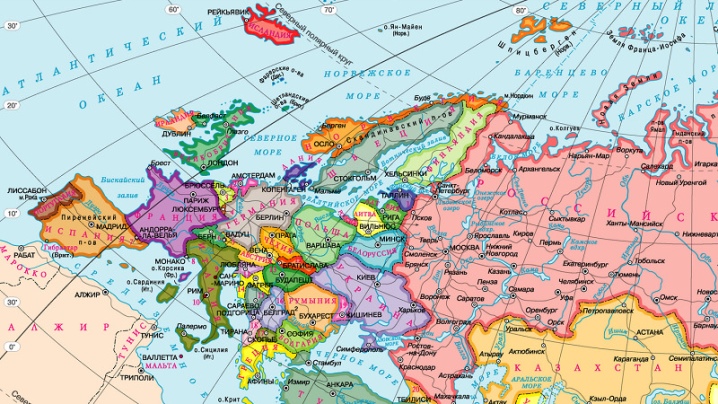
Popular types
There are several main types of this tree, which are distributed throughout the world. The most popular are the following.
- American... It is a tall plant that can grow up to 30 meters in height. In nature, American elm is most commonly found in Canada and the North of America. It can be grown almost everywhere. The American elm is highly regarded as an ornamental plant.
- David... This type of elm is common in Korea, Mongolia and China. The view is small in height. His leaf shape is usual. Leaves are oval and slightly pointed at the edges. A subspecies of this plant is the Japanese elm.
- Thick... This elm is also often referred to as the large-leaved elm. It is widespread in Europe. The tree has a beautiful dense crown. Its trunk is covered with smooth bark, which cracks over time. In the spring, the tree is covered with brown flowers. It is perfect for urban landings.
- Elliptical... It is a large, broad-leaved tree. It grows in height up to 40 meters. His crown is wide, slightly rounded at the top. The bark of the tree is gray, with a brown tint. The cracks that appear on the trunk with age are very deep. This tree species blooms in late spring and bears fruit in mid-summer.
- Rough... This elm is most commonly found in deciduous forests. It grows in fertile soil. The trunk of the tree is straight, it is covered with smooth dark brown bark.The coarse elm is a long-liver. It can grow up to 400 years. The foliage of such a tree is large. It has a beautiful light green color. One of the most popular varieties of this tree is the Pendula elm.
- Dutch... This type of elm is a hybrid. It is found in various cities in Europe. The tree is tall and very beautiful. Therefore, plants of this variety are actively used for landscaping areas.
- Paddle... It is a common Far Eastern species of elm. Its main difference is the unusual shape of the leaves. By their appearance, they resemble large, sharp blades. In nature, this elm is most often found in the mountains. His crown is very thick.
- Smooth... This type of tree is also called common elm. It is widespread in Russia and Europe. In height, such an elm can reach 12-25 meters. Its trunk is covered with dark relief bark. In the spring, the tree is simply strewn with flowers with a purple tint. This elm can be seen in many cities, because it is unpretentious and grows rather quickly.
- Small... Depending on the conditions in which this tree grows, it can reach a height of 10 to 25-30 meters. The elm is a long-liver. It tolerates drought well. Very often, the small elm is used to form forest belts.
- Large-fruited... Such elms naturally grow near water bodies or on high slopes. Large-fruited elm has the shape of a bush. His crown is dense and branched, the foliage is large and smooth. The tree is thermophilic and drought tolerant.
- Small-leaved... This tree is also called squat, dwarf or pinnate. Small-leaved elm has thin branches. In the spring they are covered with light green foliage. Closer to summer, it gets dark. This tree feels best in well-lit areas. The feathery elm also tolerates drought well.
- Squat... This is a strong and not particularly whimsical tree. It has good winter hardiness. Its roots are long and strong. Therefore, such trees grow quickly. It is very easy to breed squat elms in your area.
- Wallich... This plant was named after a famous Danish botanist. It was he who brought out this culture. The tree has a very beautiful spreading crown. Its leaves are large, elongated. Flowers that appear on the crown in spring are red.
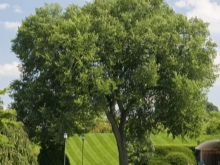


Landing
In nature, elm is most often propagated by seeds. Having decided to breed elm at home, they can also be used in work. The tree planting process consists of several main stages.
- Collecting seeds. Seeds collected after flowering must be slightly dried.
- Treatment... To protect the seed, it must be treated with fungicides.
- Germination... For a couple of days, the seeds should be placed in a moist nutrient substrate.
- Landing... Germinated seeds must be planted in a container with fertile soil. It is best to use high-quality black soil for this purpose. In such conditions, the plant will develop faster. The soil must be very well moistened.
- Sprout care. The container with planting material must be placed in a sunny place. If possible, in calm weather it should be taken outside. So the sprouts will take root and grow faster. By next spring, the height of the plant will be within 20 centimeters.
- Disembarkation... Young elms are recommended to be planted in the soil in late spring. Choose a spot for the elm that is sunny and well-ventilated. You need to plant seedlings in small holes. Young elms should be well watered immediately after planting.
If you don't have the strength or desire to grow seedlings at home, you can easily buy them in a private nursery. The choice of a plant must be treated responsibly. The trunk must be bare. If there is a lot of foliage on it, the seedling will take root less well.
The stem must be inoculated. It should be neat and well-healed.

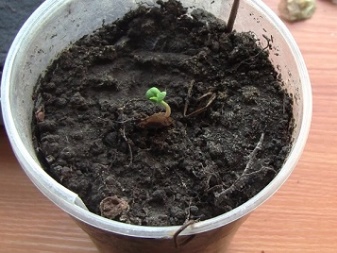
Care
After planting, young elms need special care. They must be protected from temperature extremes. For this, trees are carefully mulched for the winter. The trunk of the plant is additionally wrapped in burlap. For reliability, it is fixed with strong ropes.
The rest of the time, attention should be paid to the following procedures.
- Watering... Most elm varieties are drought tolerant. But in order for the tree to always remain green and grow well, it must receive a sufficient amount of moisture. Therefore, young seedlings need to be watered once a month, and adults - as needed. This is usually done if the summer is dry.
- Pruning... The trees grow very quickly for the first few years. For two years after planting, the seedlings are not touched. During this time, the crown continues to form. Only in the third year can you start pruning it. All diseased and dry branches must be removed. After the procedure, all sections are treated with garden pitch.
- Protection from pests. Insects such as aphids, leaf beetles and scale insects can be dangerous to plants. Traces of the vigorous activity of these pests are quite easy to notice. The crown of the elm tree begins to dry out, and ugly growths appear on the bark. To combat these parasites, the tree is treated with insecticides.
In general, caring for an elm tree comes down to just a few procedures. Therefore, the plant is ideal even for busy gardeners.

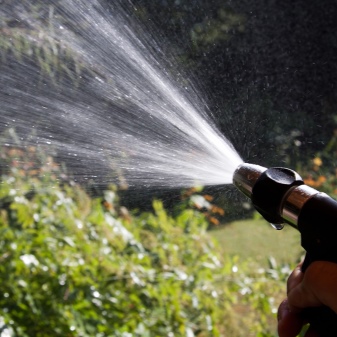
Reproduction
Young elms can be propagated not only by seeds, but also by cuttings. This is very easy to do. In late autumn (after the cessation of fruiting), you need to select several strong shoots and cut them off with a sharp pruner. The cuts should be oblique and even. It is important not to damage the bark.
Young cuttings must be treated with any product that helps stimulate the rooting process. After that, they must be placed in a container with water. In spring, plants with sprouted roots can be used for planting. You need to plant green cuttings in a well-loosened nutrient soil. After planting, the plants must be well watered.
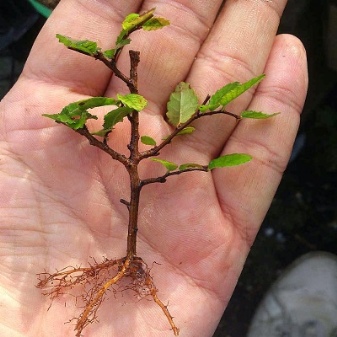
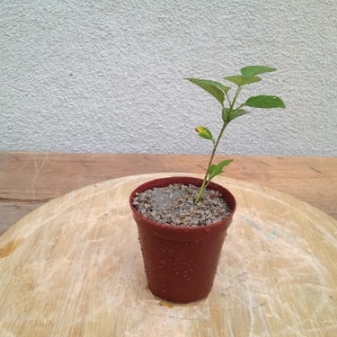
Application
Elm is a tree that is used extensively in landscape design. He has a beautiful dense crown. Therefore, it is often planted in parks next to benches. Mature trees provide excellent shade. It is convenient to hide under them in the heat. A few small elms can also be used as hedges.
When planting plants in this way, it is important to leave enough free space between them.
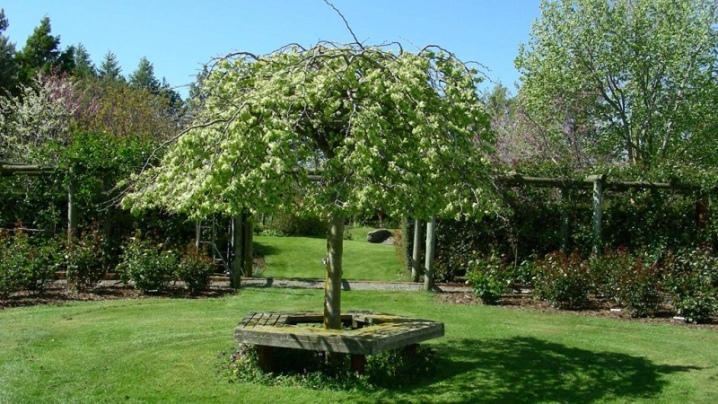
Wood
Dry elm wood has a high density. It is resistant to deformation and does not lose its attractiveness over time. These properties make it possible to use this material to create countertops, shelves and other furniture, as well as finishing materials. Ilm wood is also used to create various small parts and blanks. In addition, excellent parquet is produced from this durable wood.
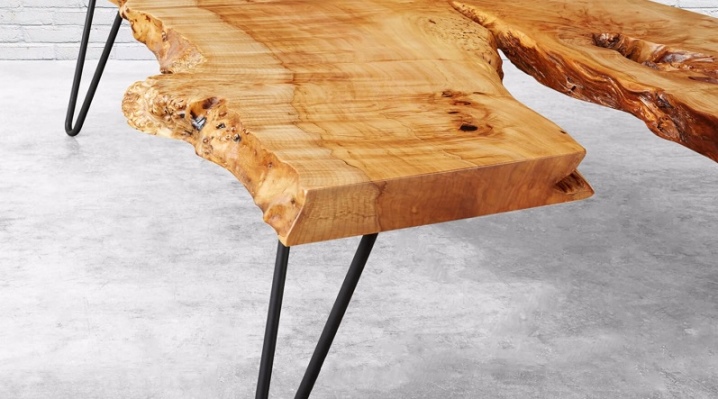
Branches and foliage
Elm leaves contain a large amount of nutrients. Therefore, they have excellent medicinal properties. Since ancient times, useful decoctions and infusions have been prepared from the foliage. Tea made from green leaves of slippery elm can be used for constipation, and tincture of them can be used for washing. It helps to get rid of skin problems. A high-quality bath broom can be made from young elm branches. In terms of its useful properties, such a product is not much different from birch or maple.
Other parts of the elm tree can also be used in the home. The bark, like the leaves, can be added to infusions and decoctions. In addition, it can be used to make paint. And nuts of some varieties of elm in China are used for making salads. These fruits are rich in fats and are considered very healthy.
It is very profitable to plant an elm on your site. He is beautiful, unpretentious and brings many benefits.... If there is enough free space in the yard, then this beautiful and majestic tree can be planted there.
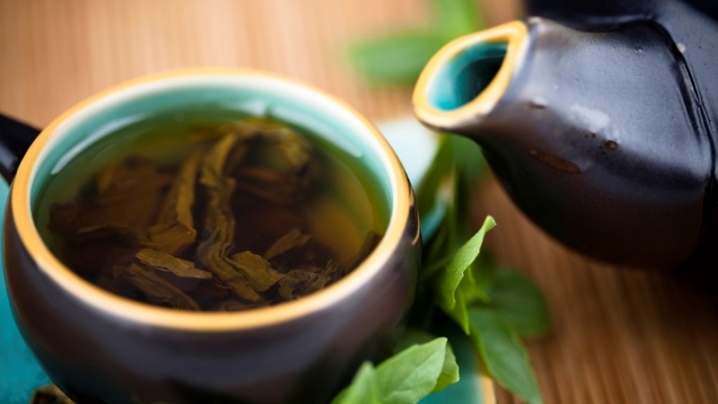



































































The comment was sent successfully.